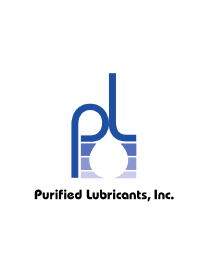Most hydraulic system failures can be classified as either a pressure problem or a volume problem. It normally is easy to tell which of these you are experiencing if you understand the difference between pressure and flow.

Most hydraulic system failures can be classified as either a pressure problem or a volume problem. It normally is easy to tell which of these you are experiencing if you understand the difference between pressure and flow.

Oil mist is an aerosol mixture of one part oil to 200,000 parts air. It is generated by passing high-velocity air through an orifice that pulls oil into the air stream. The high-velocity air stream breaks the oil into particle sizes of 1 to 3 microns, thus the resemblance to cigarette smoke or steam.

Big data analytics, deep machine learning, artificial intelligence and the rise of the algorithm are driving the newest industrial revolution and have been for quite some time. The ability to capture data, create digital twins and autonomously alter, optimize and even control a machine’s performance from the other side of the world is now part of the fabric of many companies and industries. In short, everyone now strives to be “digital.”

You don’t have to remove what you don’t allow to enter. Indeed, it’s hard to challenge the logic and value of controlling water ingression, but because moisture is everywhere, achieving bone-dry oil through exclusion alone may not be practical or even necessary. Lubricating oils have different degrees of hygroscopicity (water-loving tendencies), making the control of all dissolved water an almost futile exercise. However, for many applications, it’s the free and emulsified water that is the most destructive and, hence, the central target for control and inspection.

“What are the considerations for using ultrasonic-assisted and vibration-assisted lubrication? Do you have any recommendations or concerns?”

